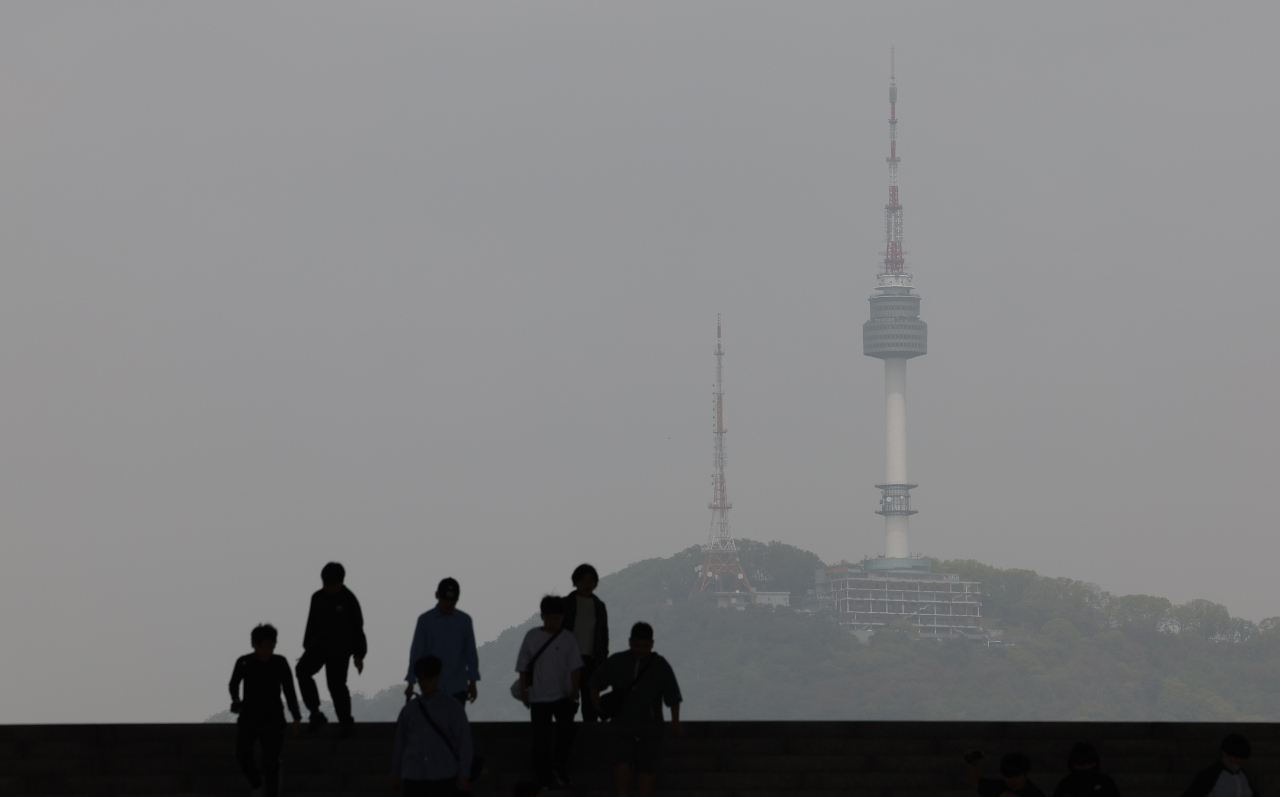Korean labor force to shrink by 10 million by 2044: report
Seoul-based think tank suggests deaths outnumbering births fivefold by 2060, possible domestic market collapse
By Son Ji-hyoungPublished : May 6, 2024 - 14:57

South Korea's working-age population is projected to shrink by a quarter in the next two decades, a report read Monday, suggesting a grim outlook for Asia's fourth-largest economy, which is struggling to find a breakthrough from its historically low birth rate.
The working-age population, which Seoul defines as economically active people aged between 15 and 64, will stand at some 27.17 million by 2044, down by 9.4 million from 36.57 million in 2023, according to a report from the Korean Peninsula Population Institute for Future, a private think tank in Seoul.
This comes as fewer South Koreans give birth and people tend to live longer. As of 2023, South Korea's birth rate fell to 0.72, from 0.78 in 2022. The life expectancy in South Korea reached 83.6 years in 2023.
The think tank's report compiled estimates from Statistics Korea, the Labor Ministry, the Bank of Korea, and the Korea Institute of Child Care and Education, among others.
It suggested that the number of elementary school admissions is projected to drop in half to roughly 220,000 in 2033, from some 430,000 in 2023.
Those aged 20 who are to be enlisted annually to serve their mandatory military service will shrink to some 190,000 in 2038, down from 260,000 in 2023, in a country where all able-bodied men aged between 20 and 38 must complete military service.
On the other hand, South Korea will see a growing number of dependent elderly, the report also showed.
The population median age will jump from 45.5 in 2023 to 50.3 years old in 2031, meaning more than half of the population will be aged 50 or more.
Those aged 65 and above will make up about 40 percent of the total population, rising to 18.91 million by 2050 from 9.73 million in 2023.
Moreover, 1 in 5 South Koreans will be aged 80 or older in less than four decades, standing at 8.49 million by 2061, up nearly fourfold from 2023.
By 2047, all 228 local autonomous administrations in South Korea, including cities, counties and districts, are expected to experience a more than doubling in the number of individuals aged 65 and older, surpassing the number of women of "childbearing age," considered as between 20 and 39. These regions have been identified by South Korea as "prone to extinction."
The report also suggested that South Korea's total population will continue to shrink, falling below the 40 million mark by 2065, from 51.71 million in 2023.
Also, by 2060 mortality will far exceed fertility, with the number of deaths projected to be five times greater than the number of births. As a result, a total population of 590,000 will vanish solely in 2060.
Most South Koreans nowadays do not realize the gravity of the population crisis, while enterprises are already suffering the fallout from the problem, such as labor shortages and a possible collapse of the domestic consumer market as well as long-term stagnation, according to the KPPIF in a statement.
"Once we miss the 'golden time' and lose chances to stop the population crisis, it would take a lot of time and cost a lot to get our society back to normal," said Lee In-sill, president of the KPPIF.
Experts in KPPIF's report called for an immediate step to implement the immigration policy to embrace the foreign workforce and use them to fill a labor shortage.
Earlier in April, a Statistics Korea report estimated that 8.4 percent of the working-age population could be foreigners by 2042 in a moderate-case scenario, up from 4 percent in 2022.
"We should be ready to embrace foreigners as members of the community," Lee Hye-kyung, social science professor at Pai Chai University, was quoted as saying in the KPPIF report.
"Seoul needs to take into account various immigration policies such as the hiring of foreigners as domestic helpers, training of those applying to migrate through the skilled foreign worker visa, as well as promotion of the regional specialized residency visa," Lee also noted.


















![[Herald Interview] Byun Yo-han's 'unlikable' character is result of calculated acting](http://res.heraldm.com/phpwas/restmb_idxmake.php?idx=652&simg=/content/image/2024/05/16/20240516050855_0.jpg&u=)
